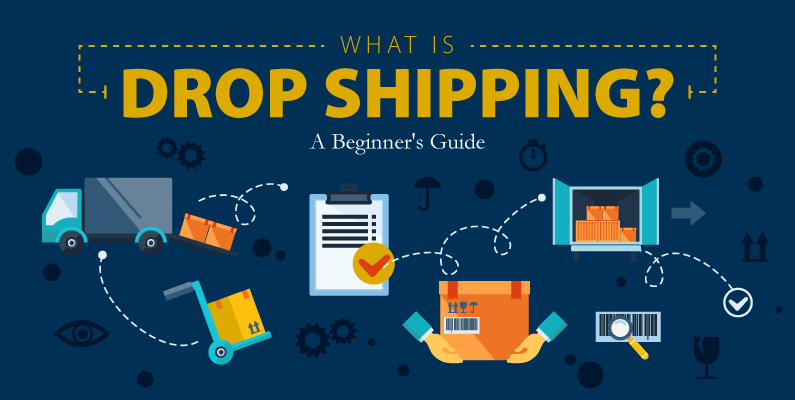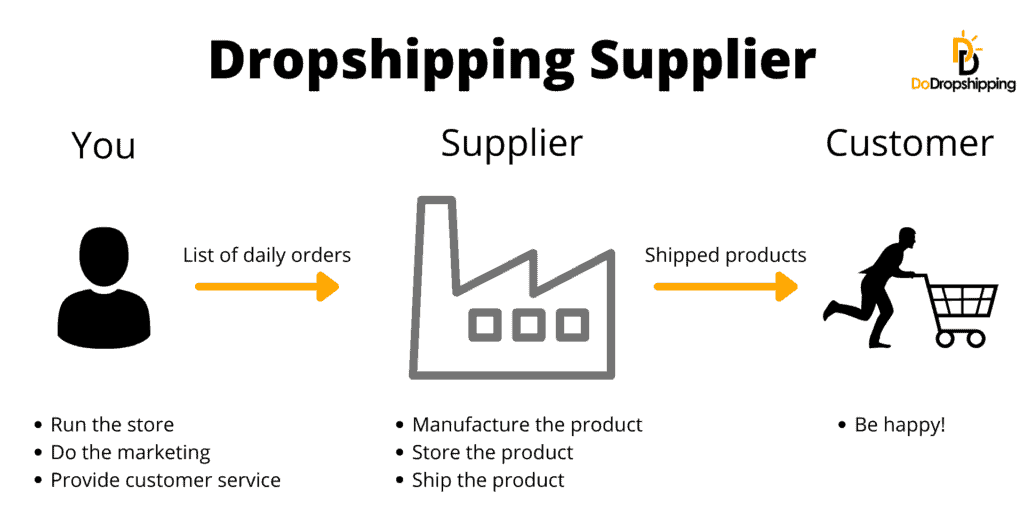The Truth About Dropshipping: The Good, The Bad and The Ugly
Dropshipping is an order fulfillment method that does not require a business to keep products in stock. Instead, the store sells the product and passes on the sales order to a third-party supplier, who then ships the order to the customer.
However, contrary to popular belief, the dropshipping business model is not a get-rich-quick scheme.
Sure, it seems like easy money — you sell other people’s goods and take a cut for yourself — but when you factor in all the drawbacks, obstacles and day-to-day management, it’s far from easy and can be hard work.
If you approach it the right way, though, dropshipping can still help you build a successful business… just not as quickly as you’d hoped.
From pros and cons of dropshipping to the right approaches, and from the best dropshipping companies to FAQs, here’s everything you need to know before you start dropshipping on your ecommerce platform:

The Right Approaches to Dropshipping
Dropshipping makes a better sideshow than the main event. While its faults make it hard to support a business on its own, it still offers enough benefits to help ecommerce companies improve their business substantially.
Market research.
Dropshipping works better as a means to an end, not the end itself.
Use dropshipping to mitigate the risk in trying out new products and used for market research.
Rather than raising your inventory costs by packing your warehouse with an unpredictable product, test it out with a trial period using dropshipping.
More than just discovering if it sells or not, you’ll also have a better estimate of how much it sells for, giving you a more accurate number of what quantity to buy for your initial stock.
This is doubly important for trying out new product types, which always carry inherent risk.

For example, maybe you’ve been quite successful at selling dog products. Would that translate well for cat products, too?
That could be hit-or-miss, but you can always test the water by dropshipping a few products and see how it goes.
High-maintenance products.
Some products cost more to stock and ship than others.
In certain circumstances, it may be more profitable for you to dropship them versus storing them yourself.
What do we mean by high-maintenance products?
Any products that necessitate extra fees for storing or shipping, such as:
- Large products — Some products take up so much space, their sales don’t make up the costs of the excessive storage room.
- Heavy products — If a product’s weight makes it cost too much to ship, try dropshipping from a manufacturer or wholesaler.
- Fragile products — Fragile products require special care when shipping. In these cases, the supplier or manufacturer might be better equipped to meet these requirements than you.
- Valuables — High-value items like fine jewelry, antiques, etc., require additional security that not all warehouses can offer. Rather than risking theft, you could leave the storage to someone who can adequately protect them.
- Special conditions — Maybe you want to sell items that need to be kept frozen, or materials sensitive to light. If your inventory needs special conditions, you may be better off dropshipping than storing it yourself.
Unless your entire company specializes in these types of products, it doesn’t make sense to pay additional storage and shipping fees for a small subsection of your business.
But you can still keep your customers happy by offering these products through dropshipping.
How to Choose the Best Dropshipping Suppliers

Whenever you include dropshipping into your sales strategy — in any capacity — you are entering a business partnership with the supplier.
Like we said above, as the vendor you are often at the mercy of your dropshipper for product quality, timely shipping, and even legal compliance.
That means you must choose them with the utmost care.
For one thing, you want to make sure that the products are as advertised, but you should also see if their shipping meets your criteria.
Outside of the condition of the products, there’s still plenty of concerns about how your supplier conducts business.
Here’s a quick-reference checklist of questions to ask yourself before signing on to do business with someone:
- How do they handle returns or damaged products?
- How long does it take them to fulfill an order, from sale to delivery?
- How is their customer support? (Feel free to test this yourself.)
- Do they insure orders?
- Do they offer fraud protection?
- Can you find reviews or references online